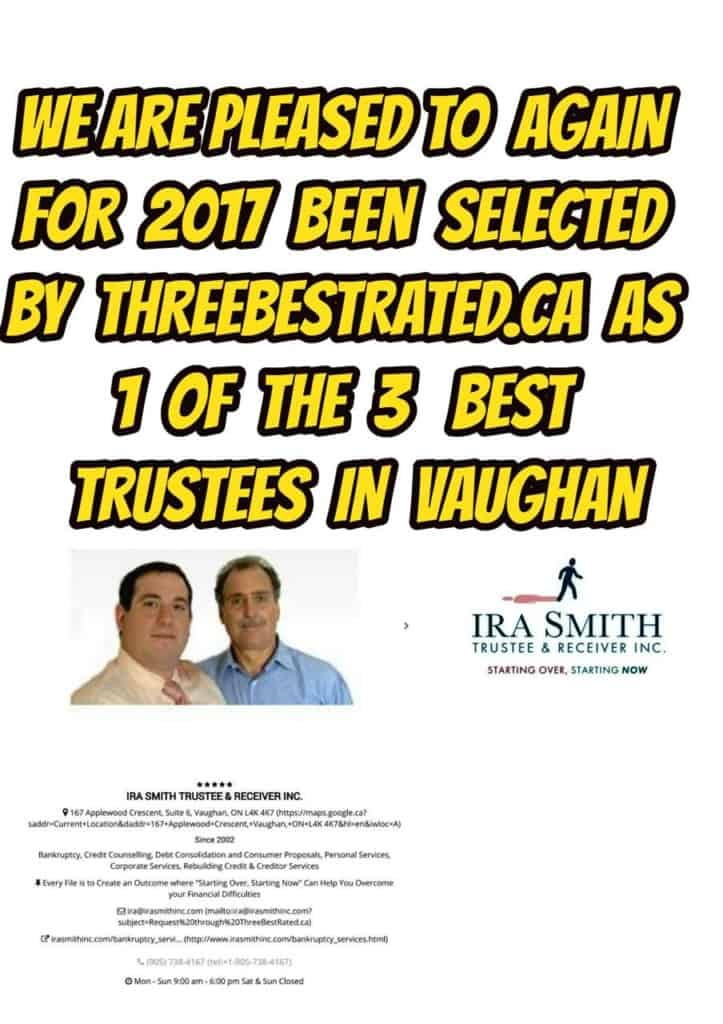Declaring bankruptcy: Business insolvency
When the corporate finances are such that the business has an insufficient cash flow to cover its operating expenses and pay its debts when they come due, these financial difficulties create the financial condition of insolvency for the business. Another indicator of insolvency often exists at the same time: if you were to sell all of the company’s assets, you would not be able to raise enough money to pay off its outstanding debt.
Medcap Real Estate Holdings Inc. (Medcap) is an Ontario corporation that owns certain commercial real estate. Medcap’s principal, through other companies which he owns or controls, operates various fitness facilities.
Several creditors made a bankruptcy application to the Court to wind up Medcap’s business through a corporate bankruptcy. In December 2021, the Judge released his decision to issue a bankruptcy order and place the company in the legal position of bankruptcy. Medcap appealed the decision to the Court of Appeal for Ontario.
In this Brandon’s Blog, I discuss the two ways there are for declaring bankruptcy and highlight the reasoning of the Court of Appeal for Ontario in dismissing this company’s appeal for its corporate bankruptcy.
Declaring bankruptcy: An overview of corporate bankruptcy
In Canada, a company is a separate legal entity from its shareholders or Directors and Officers. So a company can go into corporate bankruptcy, as opposed to a person entering personal bankruptcy, also known as consumer bankruptcy. There are two ways a company (or a person) can go bankrupt.
The first way is that a company (or person) files for bankruptcy by filing an assignment in bankruptcy with a licensed insolvency trustee. This is called a voluntary assignment into bankruptcy. The second way, which is what happened to Medcap, is that they are pushed into bankruptcy.
To push a limited company (person) into bankruptcy, one or more creditors, each owed at least $1,000, make a bankruptcy application to the court. The application will include a sworn affidavit from the people with knowledge of the situation providing evidence as to why the company (the person) is insolvent, what acts of bankruptcy the business (person) committed within 6 months preceding the date of the application and requesting that a bankruptcy order be made against the debtor.
Regardless of the types of bankruptcy proceedings that may be involved, these are the only two ways for companies with crippling debt to become bankrupt. It is either voluntary or an involuntary one.

Declaring bankruptcy: Types of Corporate Bankruptcy
A company that ends up declaring bankruptcy may be doing so for a variety of reasons, all of which relate to significant financial losses. In Canada, there are two primary types of bankruptcy filings under the Bankruptcy and Insolvency Act (Canada) (BIA).
Once the company is insolvent and no longer viable, declaring bankruptcy in order to have liquidation of assets and end the business in that legal entity is the next step. In this situation, there may be certain business debts that are also a personal liability of the corporate Directors. Unremitted source deductions and HST and unpaid wages and vacation pay fall into this category.
Bankruptcy is a tricky topic. Many people tend to fear it, thinking of it as the end of the road. Given my description above of bankruptcy being for liquidating the company assets, that is understandable.
But what about the company that is insolvent but the business is very viable if the bad parts are cut out? In this kind of situation, filing under the BIA using the restructuring provisions of this federal statute, or for larger companies, the Companies’ Creditors Arrangement Act (CCAA), is a legal way for the company to restructure its debts to get its finances back in order. In a successful restructuring, the good parts of the business are restructured and preserved, the company’s finances are right-sized and most if not all jobs are saved. This form of declaring bankruptcy is what is referred to in the media as bankruptcy protection.
So in Canada, declaring bankruptcy is one type, but declaring bankruptcy protection is also possible. That is why I suggest in Canada, there are 2 types of business-specific options in corporate bankruptcy filings.
Declaring bankruptcy: Does corporate bankruptcy affect personal assets?
The legal separation of personal and corporate assets is clear. However, a company declaring bankruptcy may have an impact on the personal assets of certain people. There are situations where personal assets may be at risk. If you are concerned about your personal assets, you should consult with a legal professional to assess your individual case.
Before making any business or investment decisions, is when you should get that professional advice. Once a corporate bankruptcy filing has been made, it will be too late to properly plan for that situation. Personal assets could be at risk if it is a bankruptcy liquidation and not a successful restructuring.
Examples of when personal assets may be at risk because of business bankruptcies include:
- the entrepreneur who had to give a personal guarantee of certain corporate debt financial obligations to the company’s primary secured creditor lender and in a liquidation of the company’s assets, the lender suffers a shortfall;
- there is not enough money left over from the liquidation after any trust claims and secured creditor claims to pay the outstanding wages and vacation pay so the Directors’ personal assets may be at risk;
- the liquidation value of the assets is essentially zero so the Directors are called upon by Canada Revenue Agency to repay any unremitted employee source deductions or HST amounts;
- in bankruptcy liquidation, there is generally nothing available to repay investors or shareholders so the money an individual investor or shareholder loses certainly affects their personal assets and personal property. The stock of companies that liquidated their assets after declaring bankruptcy is worthless; and
- any creditors that are unincorporated, being either a proprietorship or partnership who lose some or all of the amounts owed to them as ordinary unsecured creditors clearly affect the personal assets of those business owners.
Declaring bankruptcy: The Medcap case
With this discussion of corporations declaring bankruptcy, there are some interesting points to be learned from the Medcap appeal case and the bankruptcy process. The application judge dismissed the bankruptcy applications of all but one of the applicants. He issued the bankruptcy order and appointed the licensed insolvency trustee (formerly called a trustee in bankruptcy or bankruptcy trustee) which began Medcap’s administration of bankruptcy.
The Medcap company appealed the bankruptcy order on only one ground; the judge who made the original order failed to exercise his discretion on whether or not to dismiss the application. Medcap did not appeal the application judge’s finding that the prerequisites to the making of a bankruptcy order – a debt owing to an applicant of at least $1,000 and the commission of an act of bankruptcy within six months of the commencement of the application – had been met!
The most interesting part of the Court of Appeal’s decision is the discussion of the two factors that a court could look at where a judge could exercise discretion to justify refusing an otherwise proven bankruptcy application.

Declaring bankruptcy: Appealing a bankruptcy order
As mentioned previously, Medcap did not contest the judge’s conclusion that the creditor whose bankruptcy application was allowed had met the requirements under s. 43(1) of the BIA. This is that Medcap owed them a debt exceeding $1,000 and that Medcap committed an act of bankruptcy within 6 months before the filing of that bankruptcy application.
The application judge found that Medcap had failed to pay that creditor’s debt, for which a judgment was issued, despite demands. This is defined as an act of bankruptcy in s. 42(1)(j) of the BIA. In its appeal, the Medcap company argued that, even though the debt and the act of bankruptcy were proven, the application judge made a mistake by not using his discretionary power under s. 43(7) of the BIA to dismiss the application.
Medcap made three arguments to support its appeal: (i) that the trial judge erred in finding that Medcap was unable to pay its debts; (ii) that he erred in finding that the application was brought for an improper motive; and (iii) that he erred in finding that the bankruptcy order would serve no purpose.
Let’s see what the Court of Appeal for Ontario said about this.
Declaring bankruptcy: Unable to pay its debts
This is the first of the three bankruptcy issues that the Court of Appeal looked at. Medcap argued that the application judge dismissed the applications of all applicants but one because there was potential that they were not creditors. Medcap also stated that the application judge had not taken into account that Medcap had reached a settlement with the one creditor whose application was allowed to be heard. Medcap submitted that the application judge erred in not taking this into account as there was no debt owing because of the settlement and the payment of that settlement.
The appellate court found that the lower court judge did not err in rejecting Medcap’s argument. An application for bankruptcy is not solely for the benefit of the applicant creditor, but for the rights of creditors, ALL creditors. Further, the arrangements between the applicant creditor and the debtor will not be able to justify the withdrawal or dismissal of a bankruptcy application, unless the court is satisfied that the debtor is solvent and that other creditors will not be prejudiced by the withdrawal or dismissal.
To be able to pay debts as set out in the BIA, the evidence must be provided for all debts owed, as well as the debtor’s ability to pay them. In other words, the debtor must prove that they are solvent. Medcap did not provide such evidence. Therefore this ground of appeal was dismissed.
Declaring bankruptcy: Bankruptcy application for improper motives
Medcap argued that in cases where a creditor has an ulterior motive for filing a bankruptcy application, this can be sufficient cause for dismissal of the application. The Court of Appeal said that the existence of a motive is a question of fact, and the application judge considered and rejected the suggestion that there was such a motive in this case.
The Court of Appeal found that the application judge was within his rights to reject the argument based on the record. Therefore, the Court of Appeal for Ontario found no justification to interfere and dismissed the appeal on that ground.
Declaring bankruptcy: There is no purpose for this bankruptcy
Medcap argued that the application judge erred in failing to find that no purpose would be served by bankruptcy. He ought to have dismissed the application on the basis that there was nothing to be gained by making a bankruptcy order.
The Court of Appeal emphasized that safeguarding creditors is crucial to insolvency proceedings. A debtor who has (a) committed an act of bankruptcy by not paying debts when they come due, and (b) failed to provide evidence to the court demonstrating the ability to do so, carries the burden of proving that bankruptcy would be pointless. The judge was correct in finding that Medcap had not met that burden.
The three-panel judge went on to say that, in order to demonstrate that there is no purpose for the Medcap bankruptcy, they would need to show that a better result would be achieved for creditors if it were allowed time to restructure under the commercial proposal provisions of the BIA or the provisions of the CCAA.
Medcap did not argue that doing either would have the requisite creditor support but rather suggested that leaving it up to them would be best.
The three appellate court judges hearing this case unanimously rejected Medcap’s appeal, upholding the lower court’s ruling and allowing the bankruptcy process legal proceedings to continue. At this point, the licensed trustee named in the bankruptcy order begins administering the bankruptcy legal process.
Declaring bankruptcy: The final word
What fascinated me most about this case was the nerve of Medcap to argue that the application judge should have declined to make the bankruptcy order, regardless of all the evidence against it.
The Court of Appeal for Ontario soundly rejected the appeal of the bankruptcy order being issued after analyzing the bankruptcy application process in Canada. It concluded that only a real possibility of a successful restructuring under either the BIA or CCAA to avoid bankruptcy liquidation would be a reason to do so.
I hope this Brandon’s Blog on the Medcap case was helpful to you in understanding more about declaring bankruptcy, corporate bankruptcy and how the Ontario court would decide if it was appropriate to issue a bankruptcy order. Hopefully, you have also gained insight into how a corporate bankruptcy decision is made and how a successful corporate bankruptcy protection filing and restructuring can be beneficial.
We understand how you feel. You’re stressed out and anxious because you can’t fix your or your company’s financial situation on your own. But don’t worry. As a government-licensed insolvency professional firm, we can help you get your personal or corporate finances back on track.
If you’re struggling with money problems, call the Ira Smith Team today. We’ll work with you to develop a personalized plan to get you back on track and stress-free, all while avoiding the bankruptcy process if at all possible.
Call us today and get back on the path to a healthy stress-free life.


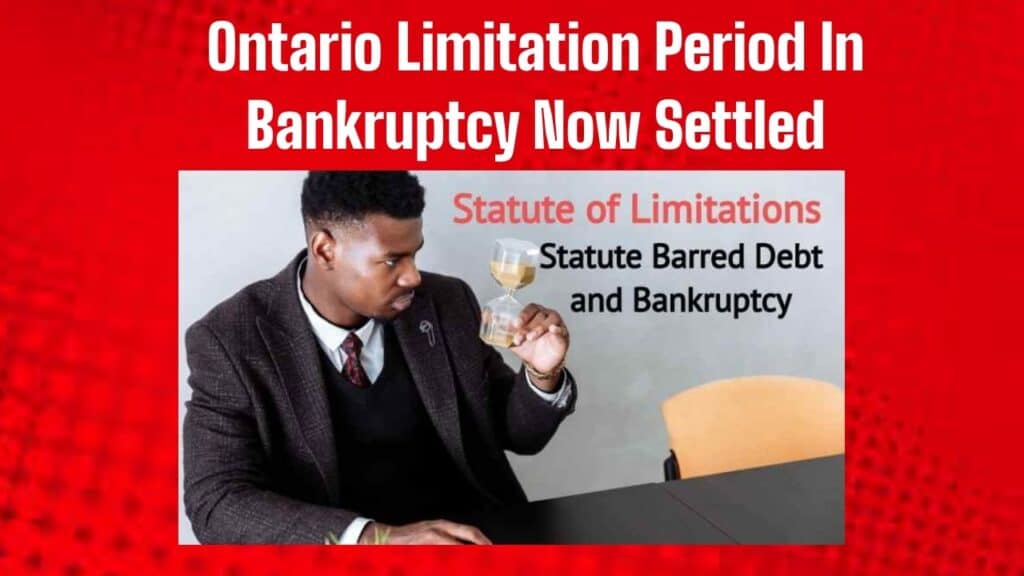
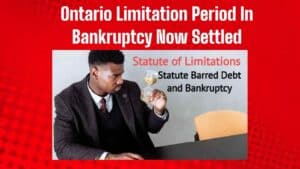
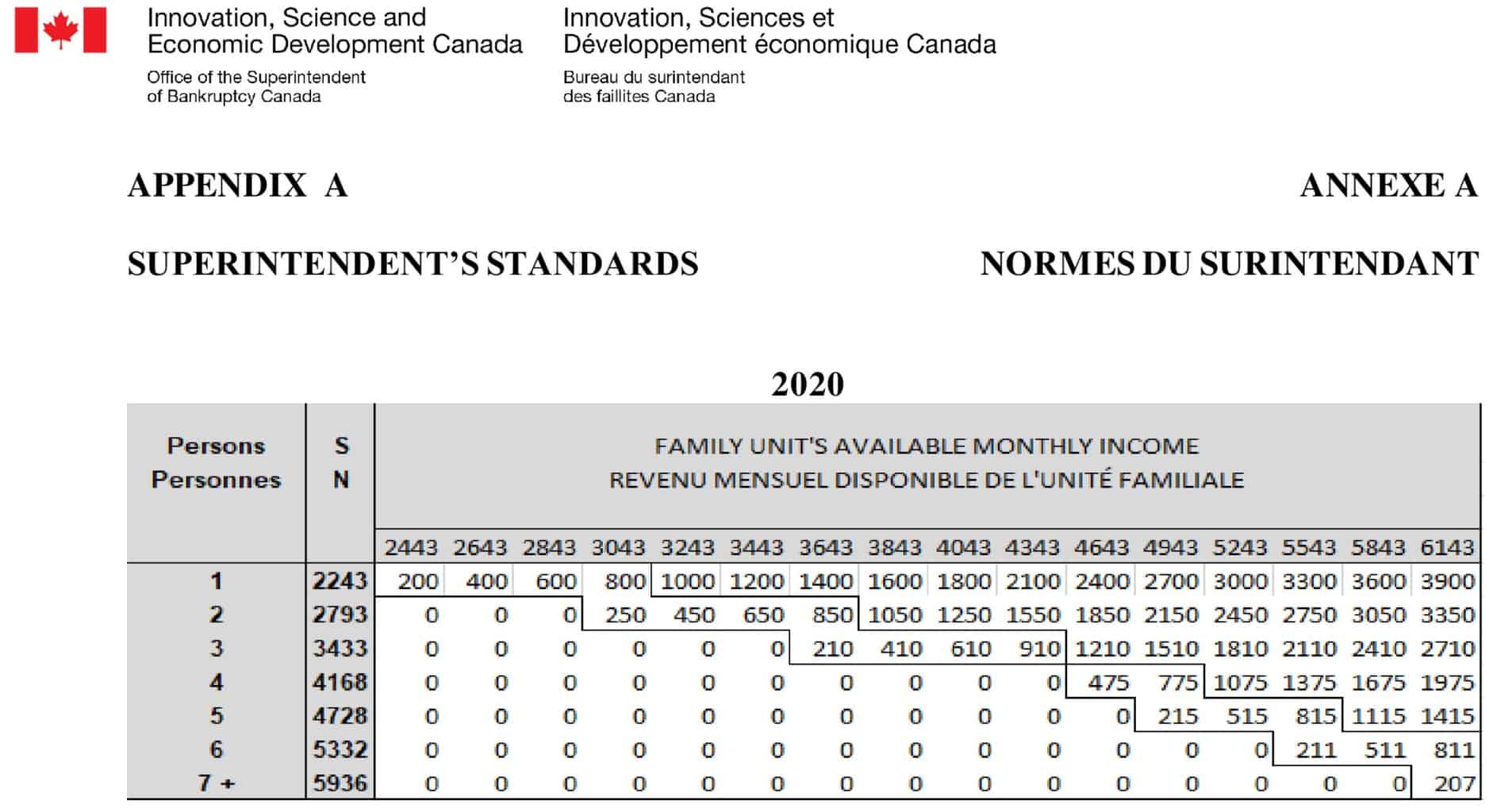
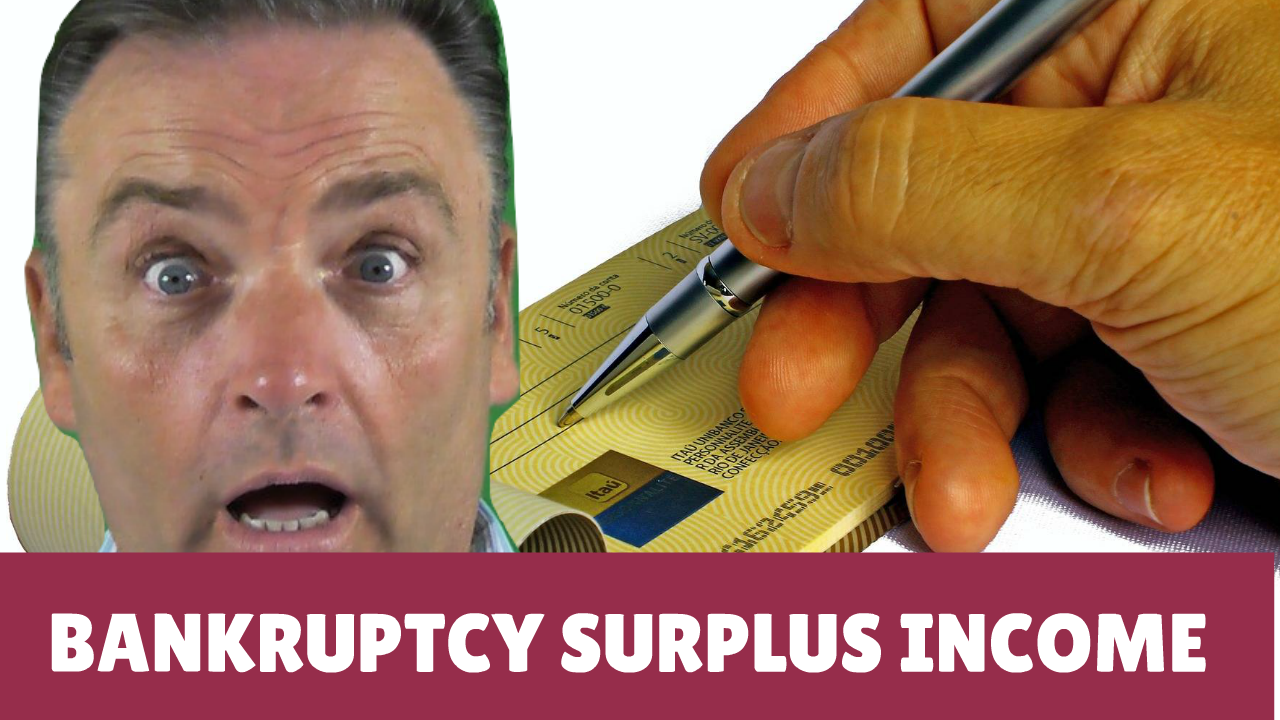


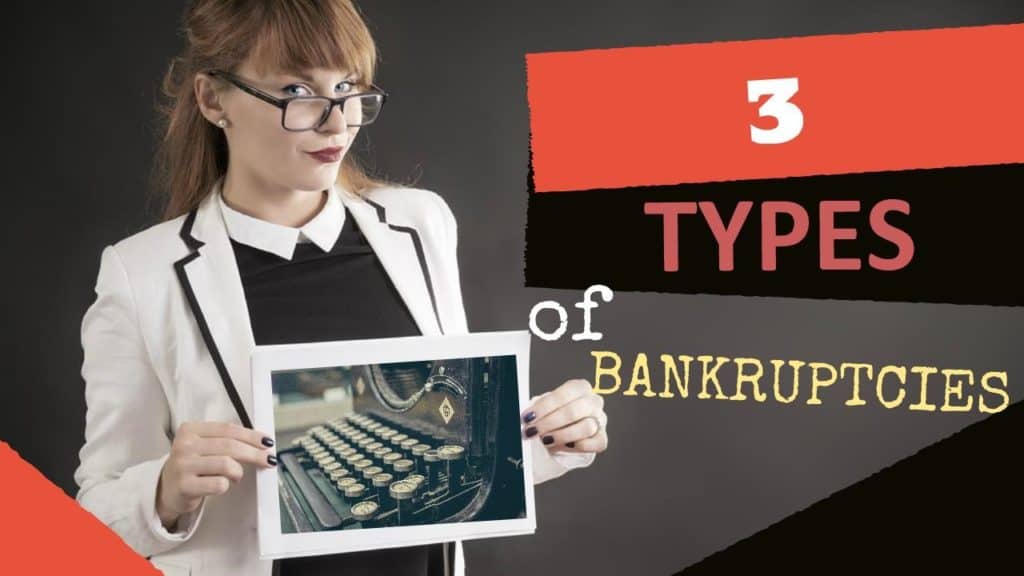
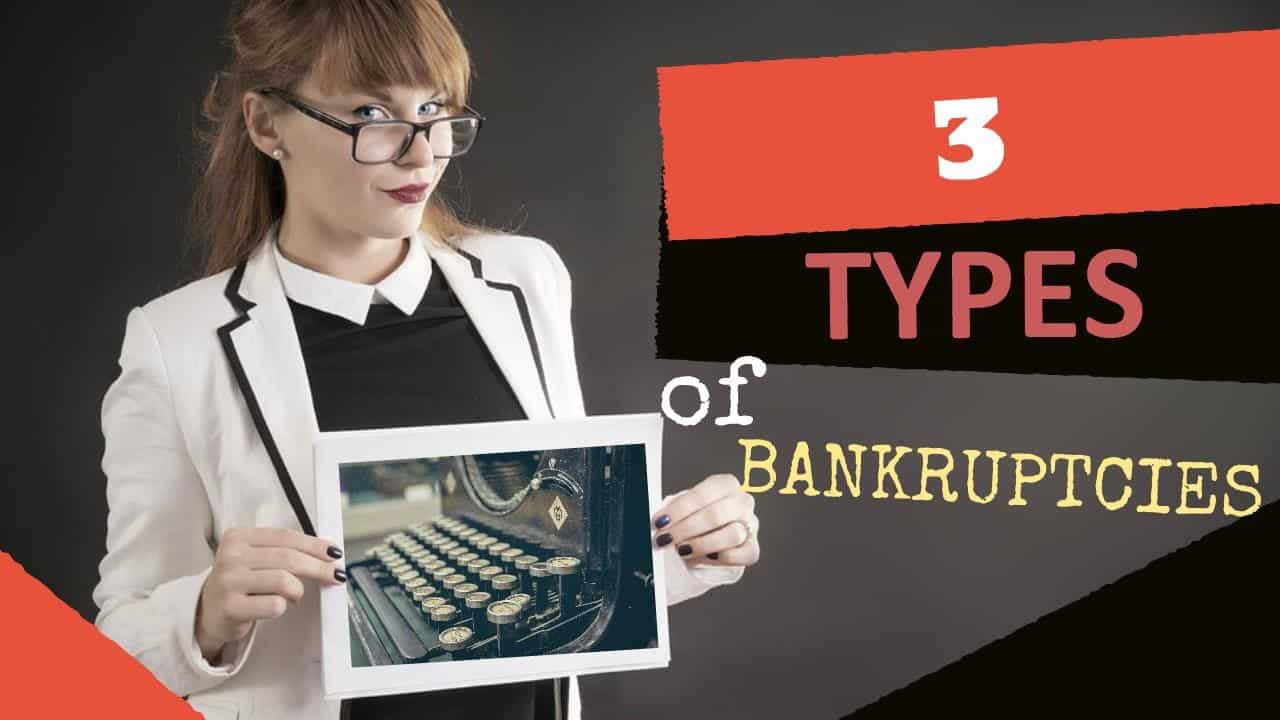

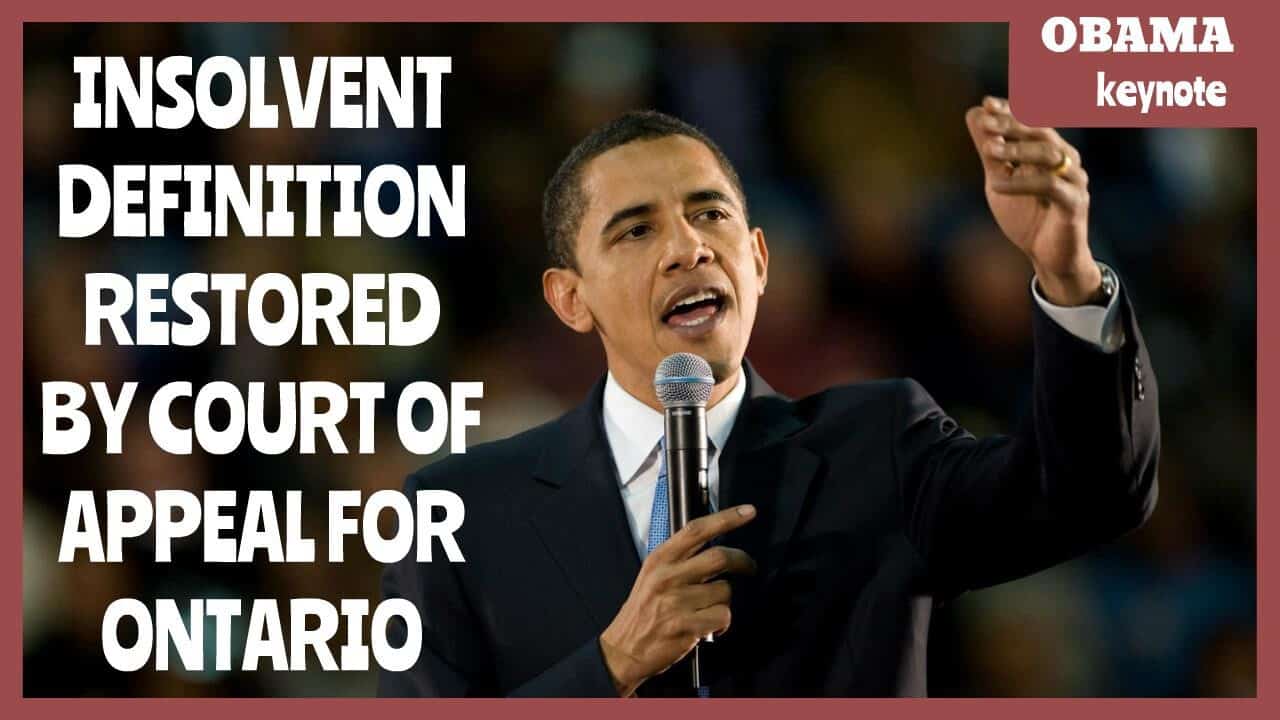

 ToToronto
ToToronto 

